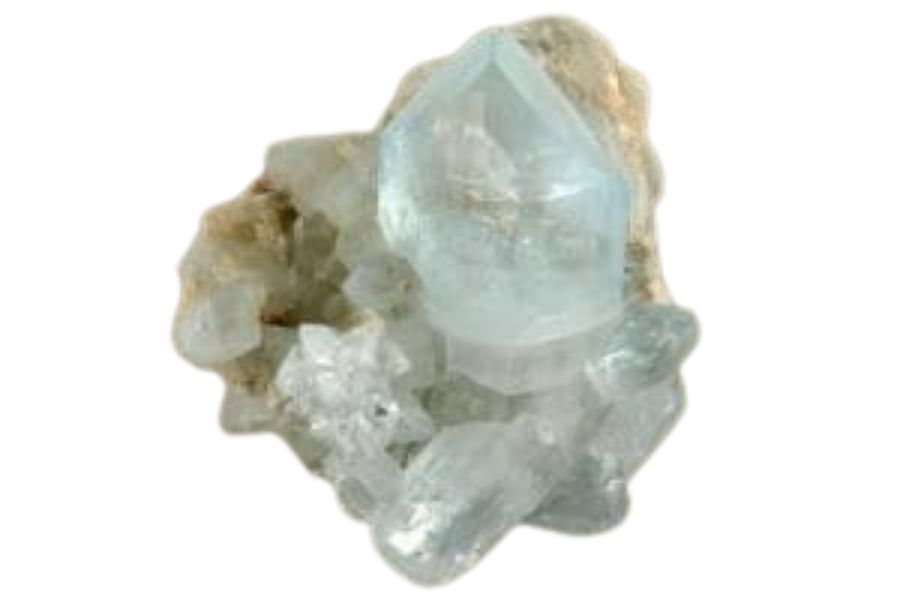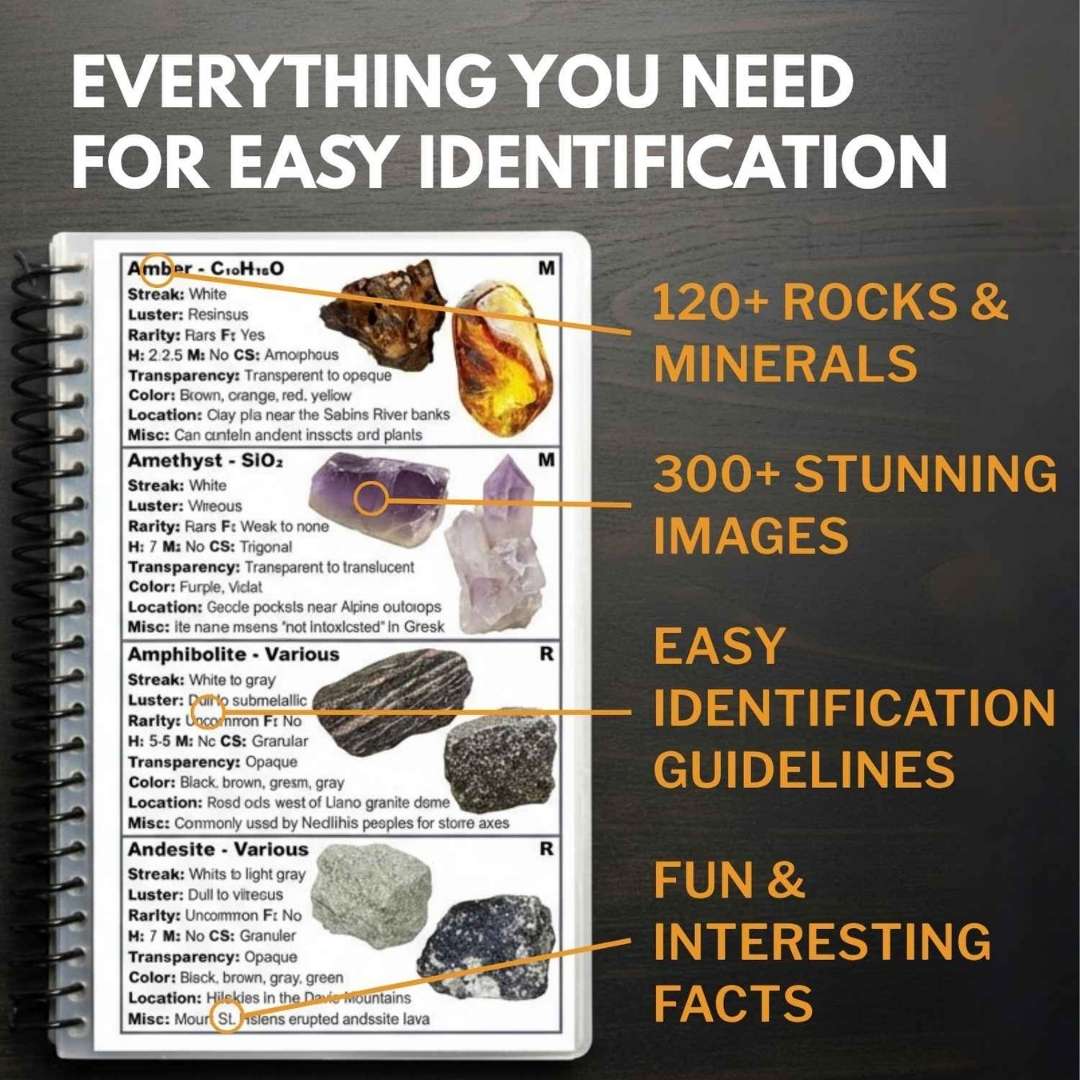If you’ve ever looked down at the Texas dirt and wondered what treasures might be hiding beneath your feet, you’re not alone. Texas is almost a goldmine of incredible rocks, minerals, and gemstones.
From stunning blue topaz, our official state gem, to the ancient, fiery opals that can catch the light just right, there’s something magical about unearthing a piece of Texas’ geological history.
Whether you’re a collector chasing the thrill of rare finds or someone hoping to pocket a little extra cash, you’ll be amazed at what’s out there.
And you know that you don’t need to be a geologist to start digging, just a sense of adventure and a little know-how.
We’ll cover everything you need to track down Texas’s most valuable rocks, minerals, and gems, but you’ll want to bring along Rock Chasing’s Rocks & Minerals Of Texas Identification Guide to make the most of your hunt.
It saves hours of guesswork and keeps you from walking right past something extraordinary without realizing what it is.
The Most Valuable Rocks, Minerals, And Gems You Can Find In Texas
Here’s a detailed look at our state’s unique rocks, gems, and minerals.

Topaz
Topaz is a mineral made of aluminum and fluorine, valued for its stunning clarity and vibrant colors. In Texas, most of the topaz you’ll find is colorless or pale blue, but sometimes it comes in shades of light green or even golden brown.
The rarest and most sought-after is the natural sky-blue topaz, which can be found in certain parts of the state. What’s unique about Texas topaz is that it’s usually found as loose crystals in stream beds or rocky areas rather than embedded in rock formations.
Why It’s Valuable
Topaz is highly prized for its beauty and durability. It scores an 8 on the Mohs hardness scale, which means it’s tough enough to be cut into intricate shapes for jewelry but delicate enough to shine brilliantly when polished.
The natural pale blue topaz found in Texas is particularly valuable because it doesn’t need heat treatment to achieve its color, unlike some topaz from other regions.
Plus, there’s something extra special about finding a gemstone with your own two hands—it’s like owning a little piece of Texas history.
Great Places to Find It in Texas
If you’re ready to go on a treasure hunt, we’ve prepared a comprehensive guide to help you find Topaz in Texas. Here are three top places worth checking out:
- Mason County: This is the most famous place in Texas to find Topaz. The Llano Uplift area is known for its gem-rich stream beds, and several ranches in Mason County allow visitors to dig and sift for topaz.
- Seaquist Ranch: Located near the town of Mason, this private ranch is a top pick for gem hunters. For a fee, you can spend the day searching through the dirt and rocky terrain for topaz crystals.
- Bar M Ranch: Another great spot in Mason County, the Bar M Ranch offers guided gem-hunting experiences. They even provide tools and tips to help you increase your chances of finding a gem.
To explore more spots, refer to our Guide To Finding Topaz In Texas.
If you want REAL results finding incredible rocks and minerals in Texas you need one of these 👇👇👇
Finding the coolest rocks in Texas isn’t luck, it's knowing what to look for. Thousands of your fellow rock hunters are already carrying Rock Chasing field guides. Maybe it's time you joined the community.
Lightweight, mud-proof, and packed with clear photos, it’s become the go-to tool for anyone interested discovering what’s hidden under our red dirt.
Join them, and make your next rockhounding trip actually pay off.
📘 Order the Texas Field Guide Now →
What makes it different:
🚙 Field-tested across Texas rivers, ranchlands, and roadcuts.
📘 Heavy duty laminated pages resist dust, sweat, and water.
🧠 Zero fluff — just clear visuals and straight-to-the-point info.
📍 Find hidden gems like Blue Topaz, Texas agate, and petrified wood fast.
⭐ Rated 4.8★ by real collectors who actually use it in the field.
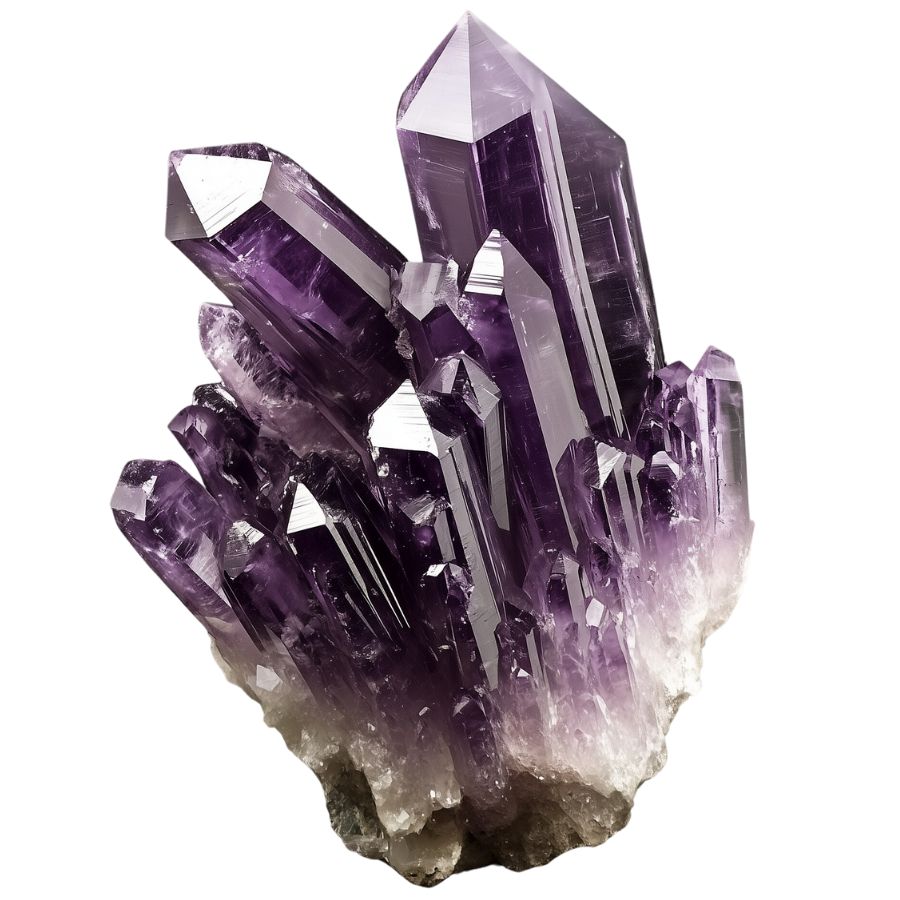
Amethyst
Amethyst is a gorgeous purple variety of quartz that’s cherished by gemstone lovers and collectors alike. Its stunning color comes from trace amounts of iron and natural radiation over millions of years.
Texas has its own unique spots where you can find some stunning specimens (You can find list of locations to find Amethyst in Texas here.) You’ll mostly come across small crystals or clusters, but they’re still breathtaking in their own way.
Why It’s Valuable
There’s something magical about amethyst that goes beyond its beauty. For one, it’s considered a semi-precious gemstone, which makes it desirable for jewelry and collections.
Plus, it’s said to have calming and spiritual properties, so people often use it in meditation or as a good luck charm.
Great Places to Find It Here
If you’re up for a little adventure, there are some awesome places in Texas where you might just find your own amethyst. Here are a few recommendations:
- Llano County: This area is known for its fascinating geology and is one of the better spots to hunt for quartz crystals, including amethyst. Check out road cuts or rocky areas, especially near granite outcroppings.
- Big Bend National Park: While primarily known for its stunning landscapes, some rockhounds have reported finding small amethyst crystals in this region. Remember to follow park guidelines and leave nature as undisturbed as possible.
- East Texas Piney Woods: Though it’s not as common, local streams and creeks in the Piney Woods area occasionally turn up quartz varieties, including small amethyst specimens. Focus on gravel bars after a good rain.
See our Guide To Finding Amethyst In Texas for more prospecting spots.
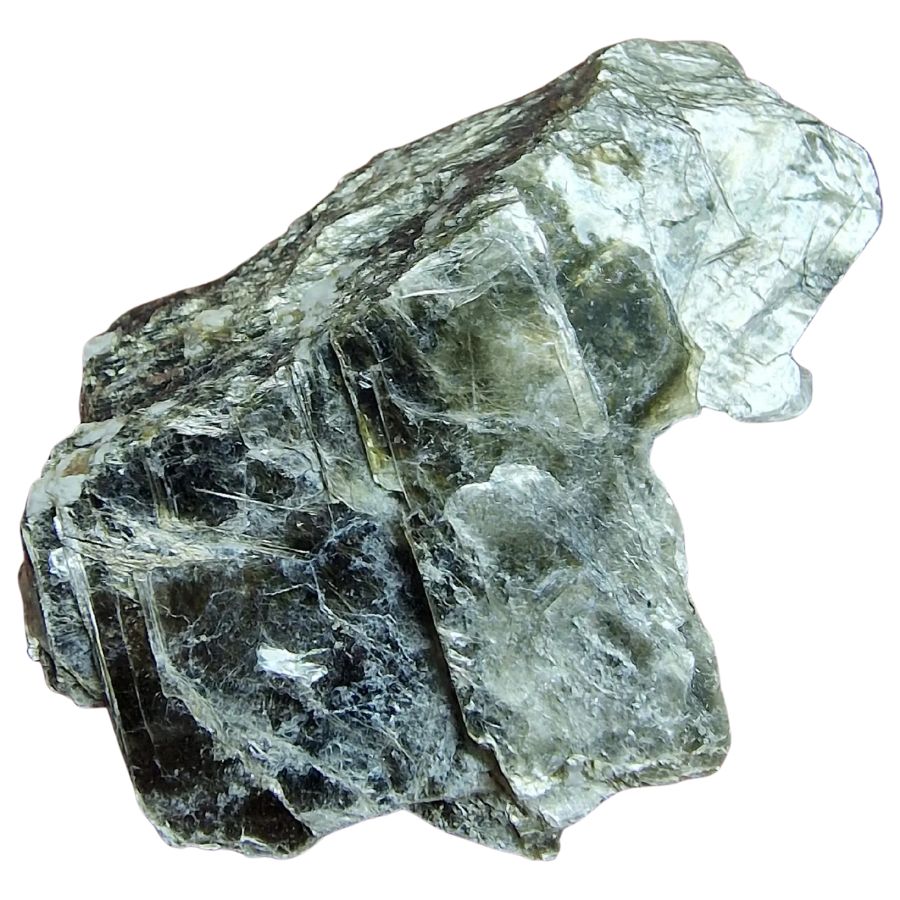
Silver
Silver in Texas comes in two main forms: native silver, which is the pure metallic form, and silver ores, where silver is combined with other minerals like lead or copper.
You’ll often find it in minerals like argentite or galena. Our state’s geology is diverse, and silver is typically found in areas rich in volcanic activity or near old mines. For a successful adventure, turn to our detailed guide for the best spots to find Silver in Texas.
Why It’s Valuable
Silver is valuable for many reasons. It’s prized for its rarity and its role in creating beautiful, timeless jewelry and coins.
Beyond aesthetics, it’s a workhorse metal—used in electronics, solar panels, and even medicine because of its antimicrobial properties.
Plus, silver often retains its value over time, making it an attractive choice for collectors and investors.
Great Places to Find It Here
If you’re looking to explore for silver in Texas, there are a few spots worth checking out. Here’s where I’d start:
- Van Horn Mountains: In Culberson County, these mountains are home to some smaller silver veins, and the surrounding area has an exciting mining history to dig into—pun intended.
- Presidio County: The area around Shafter is legendary for its silver mining history. The now-abandoned Shafter Mine was once one of the richest silver-producing regions in the state.
- Big Bend Region: Known for its rugged beauty, this area also hides silver deposits. Old prospecting sites near the Chisos Mountains are worth exploring if you’re into rockhounding.
Find more locations by reading our Guide To Finding Silver In Texas.

Diamond
There have been reports of small diamonds and diamond-like minerals discovered in certain areas of Texas. Most of these are alluvial diamonds, meaning they were carried here by natural forces like rivers or glaciers.
When you’re ready to start exploring, our guide to finding Diamond in Texas has got you covered.
Why Diamonds Are Valuable
So, what makes diamonds so sought-after? First, they’re incredibly durable—the hardest natural substance on Earth, in fact. They’re also beautiful, with a brilliance and sparkle that’s hard to beat.
Beyond their aesthetic appeal, diamonds symbolize wealth, love, and commitment. Some even say that owning a diamond gives you a piece of Earth’s history, as these stones can be billions of years old.
Great Places to Find Diamonds in Texas
If you’re itching to go on a treasure hunt, here are some great places where people have reported finding diamonds or other gemstones in Texas:
The Gulf Coast Beaches: Occasionally, diamonds and other gemstones are said to wash ashore along the Gulf Coast. While this is rare, it’s a beautiful spot to explore and enjoy nature, even if you don’t strike it rich.
The Llano Uplift: This area in Central Texas is known for its unique geology and has yielded diamonds and other precious stones in the past. While diamonds are rare here, you’re more likely to come across quartz, topaz, or garnet.
The Red River Area: The Red River has been known to carry small, gem-quality diamonds washed downstream from their original sources. A keen eye might just reward you with a sparkling find among the sand and gravel.
Our Guide To Finding Diamond In Texas lists many more locations.
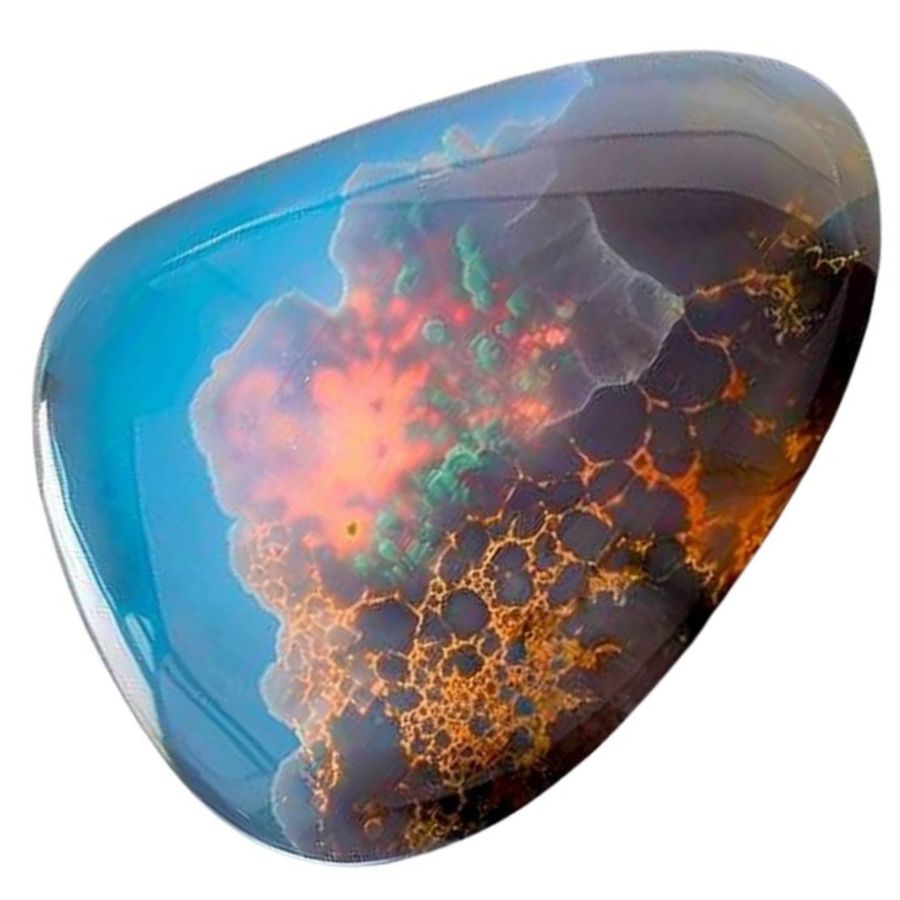
Opal
Opal is a mineral made up of silica and water. Its mesmerizing shimmer, called “play-of-color,” comes from how light interacts with its structure.
In Texas, you’ll mostly find two kinds: common opals and fire opals. The common opals here often have earthy tones, like whites, grays, or light browns, while fire opals are known for their fiery oranges and reds.
Why It’s Valuable
Opal is valuable for several reasons. First, no two opals are ever alike—their colors and patterns are completely unique. People love using them in custom jewelry because of their one-of-a-kind charm.
In addition, opals found in Texas often have a rich, local story tied to them, which makes them extra meaningful to those of us who call this state home.
Great Places to Find Opals in Texas
If you’re thinking of hunting for opals, check out our complete guide to tracking down Opal in Texas. Here are a few recommendations to get you started:
Llano Uplift Region: This region is famous for its diverse geology, and you might stumble upon opal alongside other minerals like quartz and garnet. It’s a perfect spot for a day of treasure hunting.
Spencer’s Ranch in West Texas: This area is a hidden gem for rockhounds. While the opals found here are typically of the common variety, the thrill of the hunt and the beautiful Texas landscape make it worth the trip.
Central Texas Fossil Beds: The fossil beds sometimes reveal some exciting finds, including opals. It’s a great place to combine fossil hunting with gemstone exploration.
Further locations are listed in our Guide To Finding Opal In Texas.
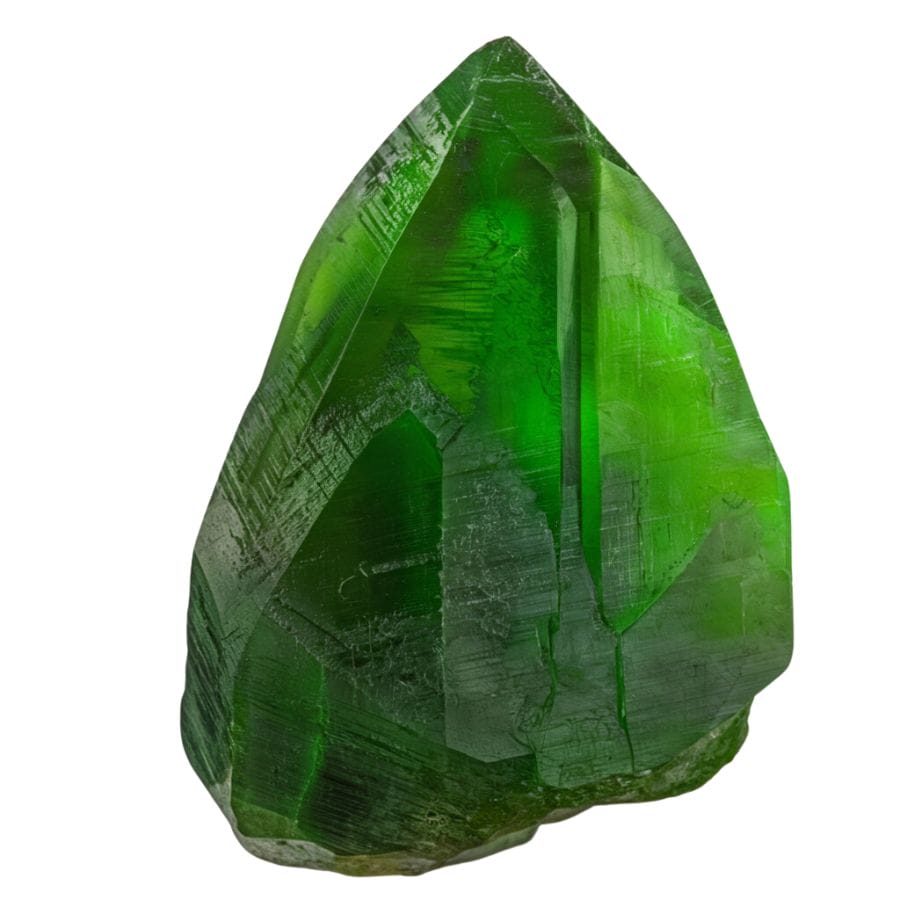
Peridot
Peridot is a type of olivine, a mineral that’s known for its vibrant green color. The exact shade of green can vary depending on the amount of iron in the stone.
Here in Texas, the peridot you’ll find tends to be smaller but just as beautiful, often coming in lighter shades of green.
These gems are usually found in basalt deposits, leftover from ancient lava flows, which makes finding them feel like a little piece of geological history. To explore some spots, refer to our Guide To Finding Peridot In Texas.
Why It’s Valuable
What makes peridot valuable isn’t just its beauty, although that’s a big part of it. Peridot is one of the only gemstones that comes in just one color, which makes it unique.
Plus, Texas peridot has a special charm because it’s often tied to the rugged landscapes and volcanic past of the region. Whether you’re a collector or just looking for a one-of-a-kind keepsake, peridot is a gem worth having.
Great Places to Find It in Texas
If you’re feeling adventurous and want to try your luck at finding peridot, you’re in the right place. Texas has several areas where you can hunt for these beautiful stones. Here are my top recommendations:
- Big Bend National Park: This area is known for its ancient volcanic activity, which makes it a prime spot for finding peridot. Just be sure to check the park’s regulations and stick to areas where rockhounding is allowed.
- El Paso County: The desert terrain here is home to basaltic rocks that sometimes contain small peridot crystals. The Franklin Mountains are a great place to start.
- West Texas Ranches: Some privately owned ranches in West Texas allow rockhounding for a small fee. These are great places to explore, and you might even find some larger specimens if you’re lucky.
Additional locations can be found in our Guide To Finding Peridot In Texas.
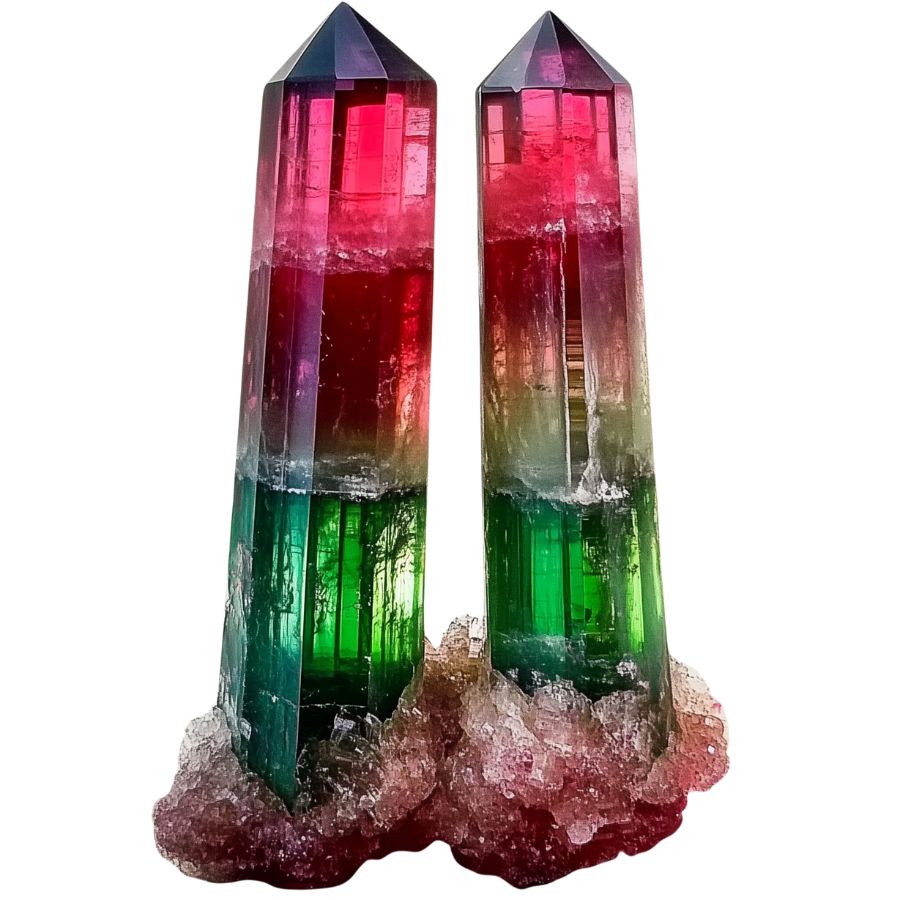
Tourmaline
Tourmaline is a crystalline boron silicate mineral that forms in a variety of colors depending on the minerals it’s mixed with.
In Texas, the most commonly found varieties are black tourmaline (schorl), which is prized for its deep, glossy color, and watermelon tourmaline, which has striking pink and green hues resembling its fruity namesake.
Some rarer finds may include shades of blue or green, but these are much less common.
Why It’s Valuable
Tourmaline is valuable for several reasons. Its wide range of colors makes it popular for jewelry, while its durability means it can stand up to everyday wear.
Black tourmaline, in particular, is also believed to have metaphysical properties, like warding off negative energy, which has made it a favorite in crystal healing circles.
Great Places to Find It Here
If you’re ready to try your hand at finding tourmaline, We’ve made it easy with our ultimate guide to finding Tourmaline in Texas. You can start from these locations:
- Llano Uplift Region: This area is a geological hotspot in Central Texas. Keep an eye out for tourmaline in the rock formations and pegmatites here.
- Big Bend National Park: While it’s more famous for its breathtaking desert landscapes, this park also has areas where you might stumble upon tourmaline, especially near old mining sites.
- Gillespie County: Known for its granite quarries, Gillespie County occasionally yields black tourmaline crystals. It’s a great spot to combine a rockhounding trip with a scenic drive through the Hill Country.
Browse through our Guide To Finding Tourmaline In Texas for other locations.
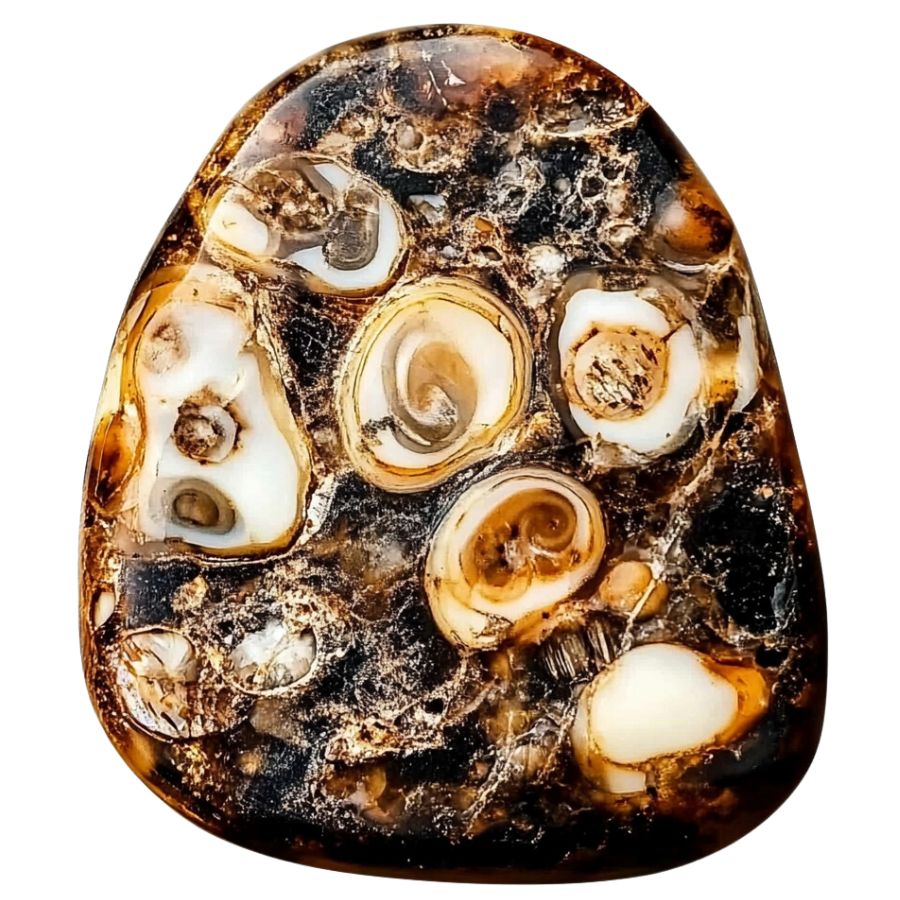
Agate
Agate is one of the most stunning gemstones you can find in Texas, known for its vibrant colors, intricate patterns, and polished beauty. It is a form of chalcedony, a type of quartz known for its hardness and durability.
Here in Texas, we’re lucky to have several unique types of agate to discover. If you’re interested in discovering these unique types, have a look at our complete guide to finding Agate in Texas.
Why It’s Valuable
Agate is prized for its beauty and versatility. Some people use it in jewelry, while others collect it for its natural patterns or for spiritual purposes.
Since agate is tough and can be polished to a high shine, it’s a favorite among rockhounds and lapidary artists. Plus, the wide variety of colors and designs makes every piece feel like a treasure.
Great Places to Find It Here
Texas is rich in agate hotspots, and there’s nothing quite like the thrill of finding your own piece of this gemstone. Here are some of my favorite spots:
- Rio Grande: The riverbanks and nearby regions of the Rio Grande offer an abundance of agates in various colors. Look for smooth stones with banded or mossy patterns along gravel bars.
- Glass Mountains: This scenic area in West Texas is a hidden gem for rockhounds. The rugged terrain is rich in plume agates and other unique varieties.
- Lake Buchanan: Along the shores of this Highland Lake, you can spot colorful agates mixed with other river stones.
For more locations check out our Guide To Finding Agate In Texas.
You've probably walked past some incredible rocks and minerals. You need this guide 👇👇👇
We've all come across a cool rock that we could have sworn was rare or valuable but couldn't tell what it was.
If you're not 100% confident that you know every rock and mineral in Texas this guide is for you.
The Texas Rocks & Minerals Field Guide helps you ID what you find in seconds, from Hill Country agates to Llano granite, with crisp photos, simple charts, and zero fluff.
→ Grab your copy today and spot your next gem before anyone else does.
What this guide unlocks:
🧭 Confidence in the field — ID rocks fast and move on to the next find
🎒 Lightweight and waterproof — built for trails, not coffee tables
🌅 Weekend adventures — find treasures on rivers, ranches, and roadsides
🤠 Texas pride — explore the real geological beauty of your state
🔥 Motivation — every trip outside feels like a hunt for hidden gems
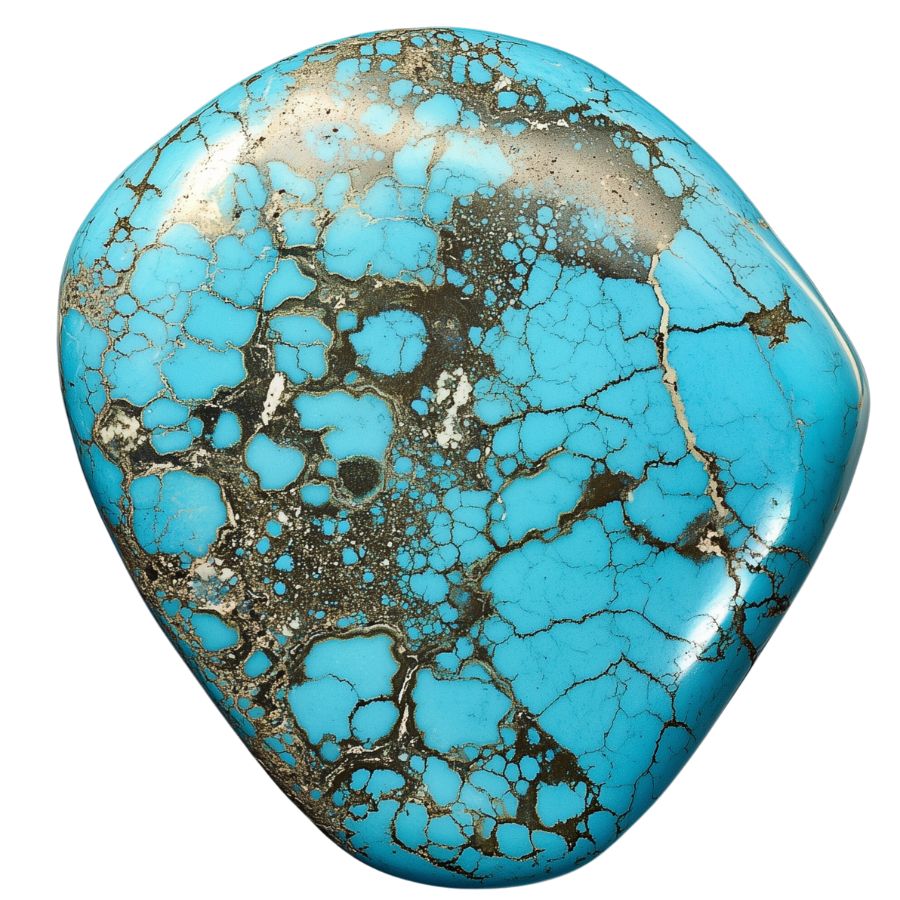
Turquoise
Turquoise is a mineral made up of copper and aluminum, which gives it that distinctive blue-green color. In Texas, the turquoise tends to be on the greenish side because of the specific minerals in our soil.
The stones are often smaller, but they have a unique, earthy tone that collectors and jewelers love. Read our Guide To Finding Turquoise In Texas for the best locations.
Why It’s Valuable
Turquoise isn’t just pretty; it has a lot of history and cultural significance. Native American tribes in the Southwest have used it for centuries in their jewelry and ceremonial pieces.
What makes it even more valuable here in Texas is its rarity. Finding turquoise in the state is like uncovering a little hidden treasure, and the quality of the stones can be quite high.
Great Places to Find It Here
If you’re ready to go turquoise hunting, Texas has some spots where you might just strike turquoise. Here are a few of the best places to start your search:
- Chihuahua Desert: The desert stretches across parts of Texas and is a fantastic spot for rockhounds. Bring your tools and patience because the turquoise here is worth the effort.
- Plata Verde Mine: This old mining area in West Texas is a turquoise enthusiast’s dream. Though it’s not actively mined anymore, you might be able to find some remnants if you explore the surrounding areas.
- Guadalupe Mountains: Known for their breathtaking views and rugged terrain, these mountains are also a great place to search for turquoise. Look for deposits in the rocky slopes and dry washes.
Additional spots are detailed in our Guide To Finding Turquoise In Texas.
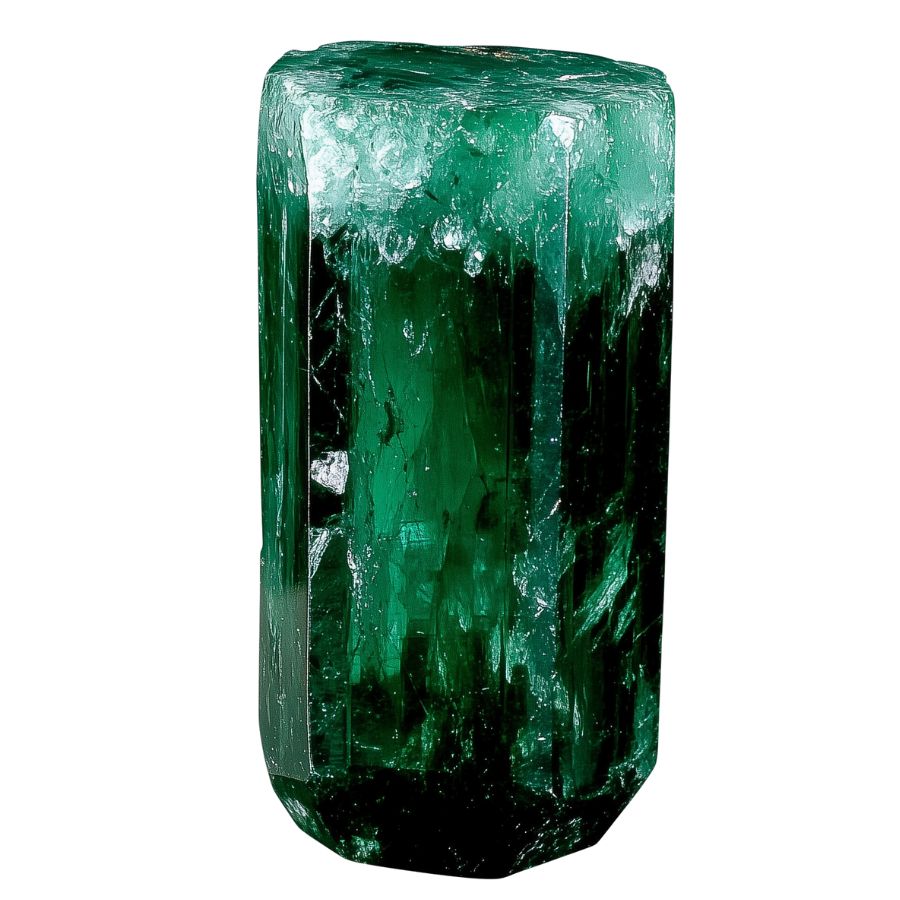
Beryl
Beryl is a mineral composed of beryllium, aluminum, and silicate, and it forms in hexagonal crystals.
In Texas, the most common types of beryl you’ll come across are green beryl, aquamarine (a pale blue or greenish-blue variety), and sometimes even golden beryl.
These colors come from trace elements like chromium, iron, or manganese that are present during the crystal’s formation.
Why It’s Valuable
Beryl is valuable for a couple of reasons. First, it’s a gemstone, and high-quality pieces can be polished and used in jewelry, which makes it sought after by gem collectors.
Second, beryl is an important industrial mineral because it contains beryllium, a lightweight but strong metal used in aerospace and technology applications.
Great Places to Find It Here
Texas has some fantastic spots for finding beryl which we’ve listed in the guide: “Legit Places To Find Beryl In Texas“. Here are a few top recommendations if you’re ready to go on an adventure:
- Franklin Mountains: This rugged mountain range in far West Texas offers a great opportunity for rockhounds. Beryl has been found in pegmatite deposits here.
- Voca area: Pegmatites in this region have been reported to contain beryl, along with other interesting finds like tourmaline
- Burnet County: This part of Central Texas is rich in a variety of minerals, including beryl. Many private properties here have yielded interesting finds.
You’ll find more locations in our Guide To Finding Beryl In Texas.

Geodes
Geodes are hollow rocks lined with crystals, formed when mineral-rich water fills a cavity in volcanic or sedimentary rocks and then slowly evaporates, leaving behind glittering deposits.
In Texas, we have a variety of geodes, each with its own unique beauty. Some are filled with quartz, ranging from clear to amethyst purple, while others showcase calcite, agate, or even rare minerals like celestite.
Depending on where you go, you might stumble upon geodes with earthy brown exteriors or ones that sparkle with bright, colorful crystals. We’ve prepared a comprehensive guide to help you find Geodes in Texas.
Why Geodes Are Valuable
For one, they make stunning decorative pieces that bring a touch of nature into your home. Each geode is unique, so when you crack one open, you’re unveiling something no one has ever seen before.
They’re also fascinating to geologists, helping us understand how minerals form and change over time. For collectors, their rarity and variety make them a hot commodity.
Great Places to Find Geodes in Texas
If you’re ready to hunt for geodes, Texas offers plenty of spots to explore. Here are three of the best places to start:
- Lake Amistad near Del Rio: The limestone deposits around the lake are a great place to search. You’ll find calcite and agate geodes among the rocky terrain.
- Brazos River Basin: This area is known for its abundance of quartz-filled geodes. After a good rain, keep an eye on gravel bars and riverbanks.
- Midland County: The Permian Basin near Midland is another prime location. The sedimentary rock formations here often contain geodes with beautiful quartz or calcite crystals.
Explore more areas using our Guide To Finding Geodes In Texas.
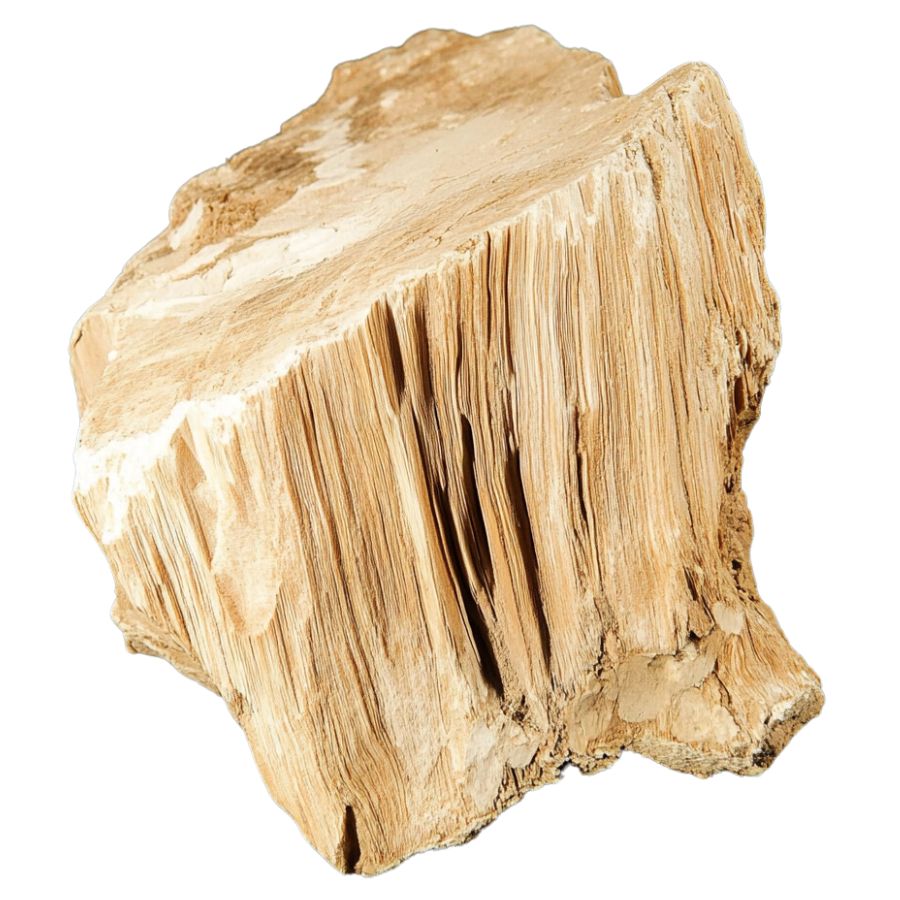
Petrified wood
Petrified wood is a fossil that forms when tree material is replaced by minerals, turning it into stone over millions of years.
In Texas, we’ve got an amazing variety of petrified wood, with pieces that range in color and texture based on the minerals that seeped into the wood during the fossilization process. The most common types here are:
- Silicified Wood: This is the most typical type, where silica replaces the organic material, often resulting in beautifully polished specimens when cut or polished.
- Agatized Wood: Some pieces are partially replaced with agate, giving them vibrant colors like red, orange, and blue.
- Opalized Wood: Although rarer, this type has opal instead of silica, creating a glossy, glass-like finish.
Why It’s Valuable
Petrified wood is valuable for its beauty, history, and connection to the natural world. Many collectors prize it for its aesthetic qualities, as polished pieces can look stunning.
In Texas, it’s particularly special because it reflects the state’s rich geological history. Some petrified wood is even legally protected due to its scientific importance.
Great Places to Find It in Texas
If you’re looking to find some of these ancient treasures, here’s a complete list of incredible spots where you can hunt for petrified wood in Texas.
Just remember to check the rules for collecting in each area and always respect private property.
- Petrified Wood Park in Glen Rose: It’s a fun place to find plus see how this fossilized wood has been used in creative ways.
- Post Oak Creek near Sherman: Known for fossils and petrified wood, this creek is a favorite among rockhounds. Walk along the gravel bars, and you might spot some small pieces.
- Texas Hill Country: Various ranches and fields in this region are known to have petrified wood.
You can find more locations in our Guide to Finding Petrified Wood in Texas.
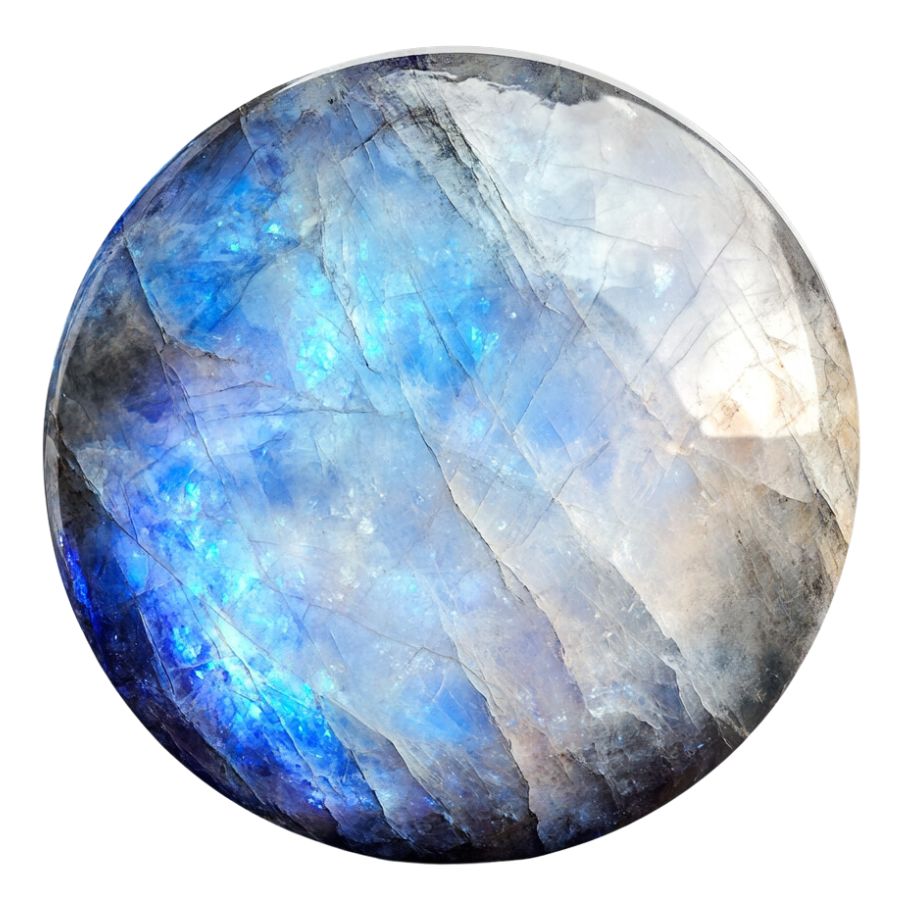
Moonstone
Moonstone is a member of the feldspar mineral family, famous for its glowing, pearly effect known as adularescence.
In Texas, you’ll mostly come across white and gray moonstones, but occasionally you might spot pieces with subtle rainbow flashes (Read through the Texas Moonstone guide for the best locations.)
Why It’s Valuable
Moonstone is prized for its metaphysical properties, believed to bring balance and inspiration. Texas moonstone is particularly valuable because it’s relatively rare and often found in unique, unpolished forms.
Whether you’re a collector or a jewelry maker, these stones are a slice of Texas geology to treasure.
Great Places to Find Moonstone in Texas
If you’re ready to start your moonstone adventure, here are some spots worth checking out:
- Palo Duro Canyon: The second-largest canyon in the U.S. offers more than breathtaking views. Search areas with exposed sedimentary layers for moonstone and other fascinating minerals.
- Chihuahua Desert near Alpine: This rugged desert region is a gem-hunting paradise. Moonstone has been found in rocky outcrops and dry creek beds, especially after heavy rains.
- Franklin Mountains near El Paso: The Franklin Mountains are known for their unique mineral deposits. Moonstone can sometimes be found in areas with feldspar-rich rock formations.
To find more locations check out the full list of Texas Moonstone locations here.
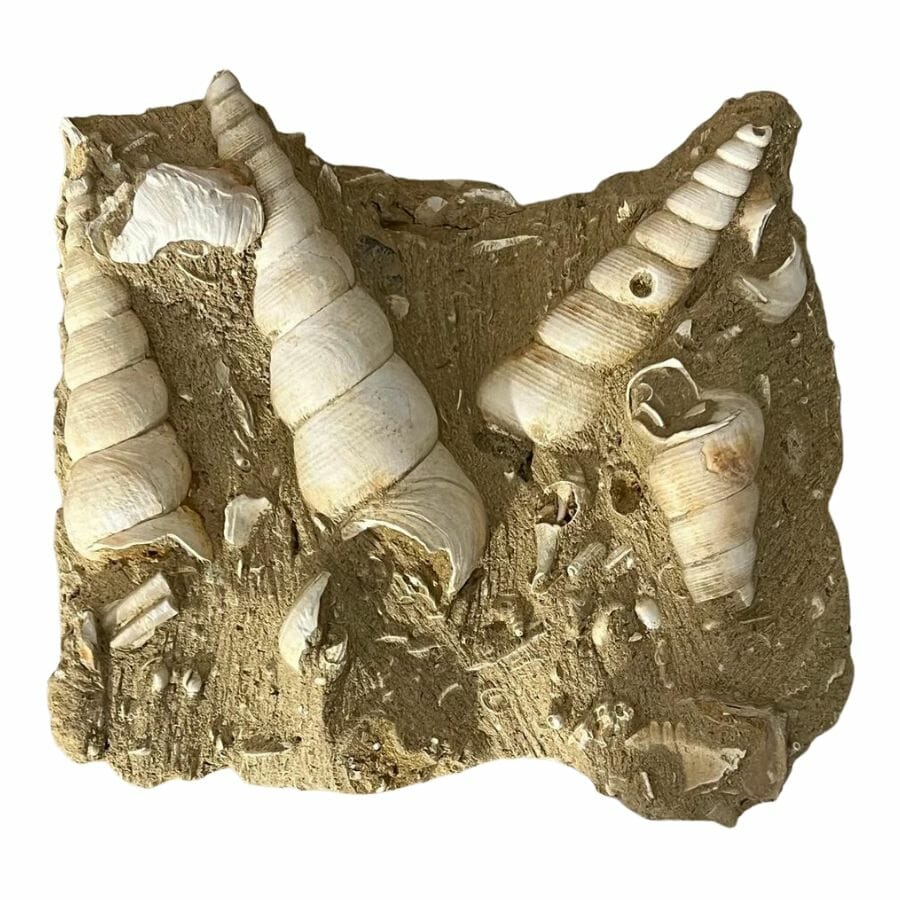
Fossils
Fossils are the preserved remains or traces of ancient life, like bones, shells, plants, or even footprints.
Texas is home to a diverse array of fossils due to its unique geology and history. Some common types you can find here include:
- Dinosaur Fossils: Texas was once home to massive dinosaurs like the Acrocanthosaurus and Sauroposeidon. Fossilized bones and tracks have been discovered in places like Glen Rose.
- Marine Fossils: Much of Texas was underwater during the Cretaceous period, so you’ll find ancient sea creatures like ammonites, shark teeth, and even mosasaurs.
- Plant and Insect Fossils: In areas with sedimentary rock, you can find fossilized leaves, tree imprints, and even insects trapped in amber.
Why Fossils Are Valuable
Fossils aren’t just cool to look at—they’re windows into Earth’s past. They help scientists understand how life evolved and how ecosystems changed over millions of years.
For Texans, they’re also a way to connect with the land and its incredible history. Plus, collecting fossils can be a fun, family-friendly activity that combines science and adventure.
Great Places to Find Fossils in Texas
If you’re ready to go on your own hunting adventure, there are some amazing spots to explore fossils in Texas. Here are three of the best places to start:
- Waco Mammoth National Monument (Waco): This unique site showcases the remains of Columbian mammoths that lived during the Ice Age. It’s a great place to learn about prehistoric mammals and even see fossils on display.
- Dinosaur Valley State Park (Glen Rose): This park is famous for its well-preserved dinosaur tracks along the Paluxy River. It’s a must-visit for anyone curious about the giants that once roamed our state.
- Mineral Wells Fossil Park (Mineral Wells): A fantastic spot for beginners, this park allows you to dig for small marine fossils from the Pennsylvanian period, like crinoids and brachiopods.
For the rest of the locations check out the complete Texas Fossils guide here.
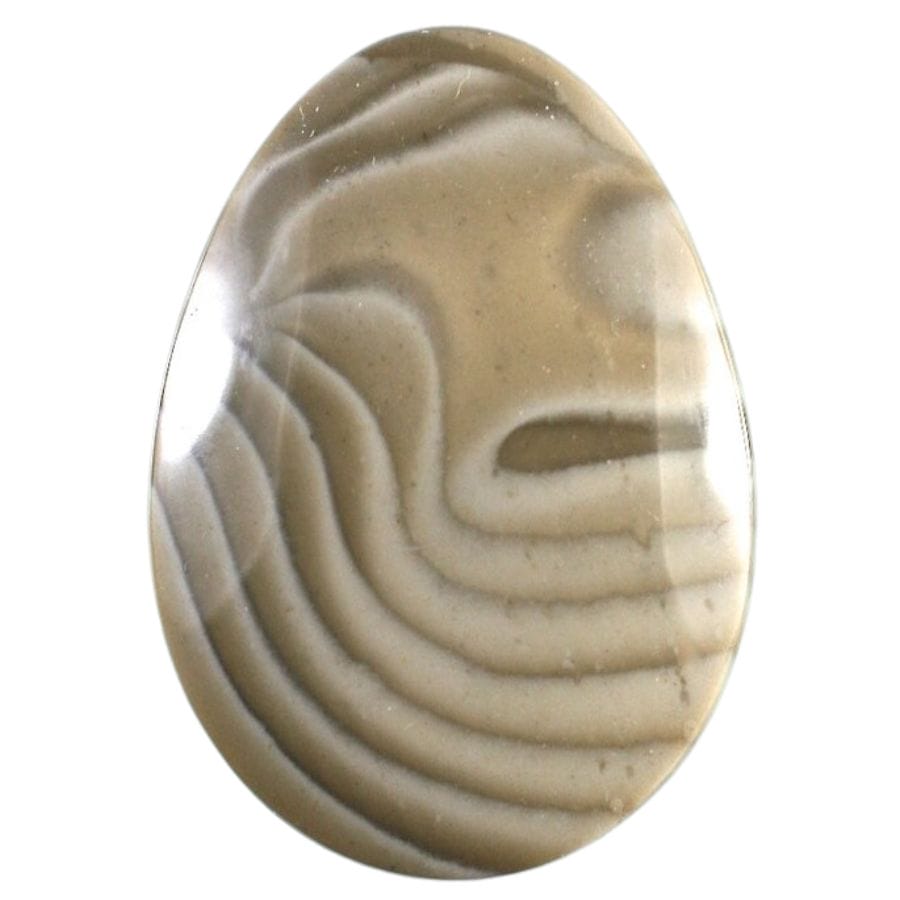
Chert
Chert is a type of hard, sedimentary rock made mostly of microcrystalline quartz. It forms over millions of years, often from the accumulation of silica from the remains of marine organisms like diatoms and radiolarians.
Chert is usually found in a variety of colors, including gray, white, red, and even green. Some types are smooth and glossy, while others have a more matte appearance. Its unique look and history make it fascinating, especially here in Texas.
Why Chert Is Valuable
Historically, Native Americans used Chert for tools, arrowheads, and knives because it fractures into sharp edges. Even today, flintknappers (people who recreate stone tools) and rockhounds love chert for its utility and aesthetic appeal.
It’s also sought after for jewelry-making and decorative purposes. If you’re into geology or history, chert is a fantastic way to connect with both.
Great Places to Find Chert in Texas
Texas is a goldmine for finding chert if you know where to look. And to know the best, look into our Guide To Finding Chert In Texas. Here are a few of the top spots:
- East Texas Gravel Bars: Rivers like the Sabine and Trinity are great for finding chert washed downstream. Search gravel bars and shallow riverbanks for smooth, water-worn pieces.
- Central Texas Limestone Beds: The Edwards Plateau and surrounding limestone formations are rich in chert. Look around creek beds and exposed rock outcroppings near areas like San Saba and Mason County.
- Palo Duro Canyon: This location in the Texas Panhandle has plenty of exposed sedimentary rock formations, making it a great spot to hunt for chert.
Find more locations by reading our Guide To Finding Chert In Texas.

